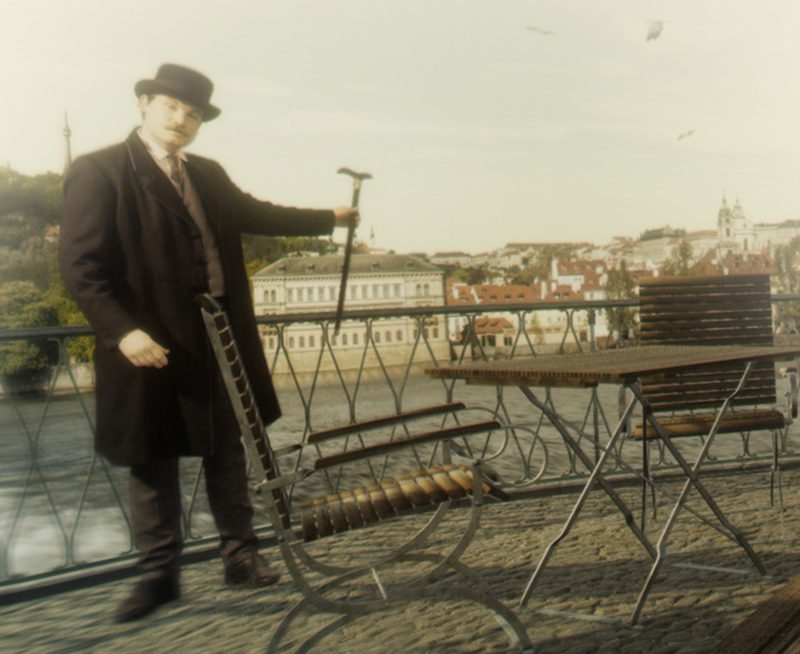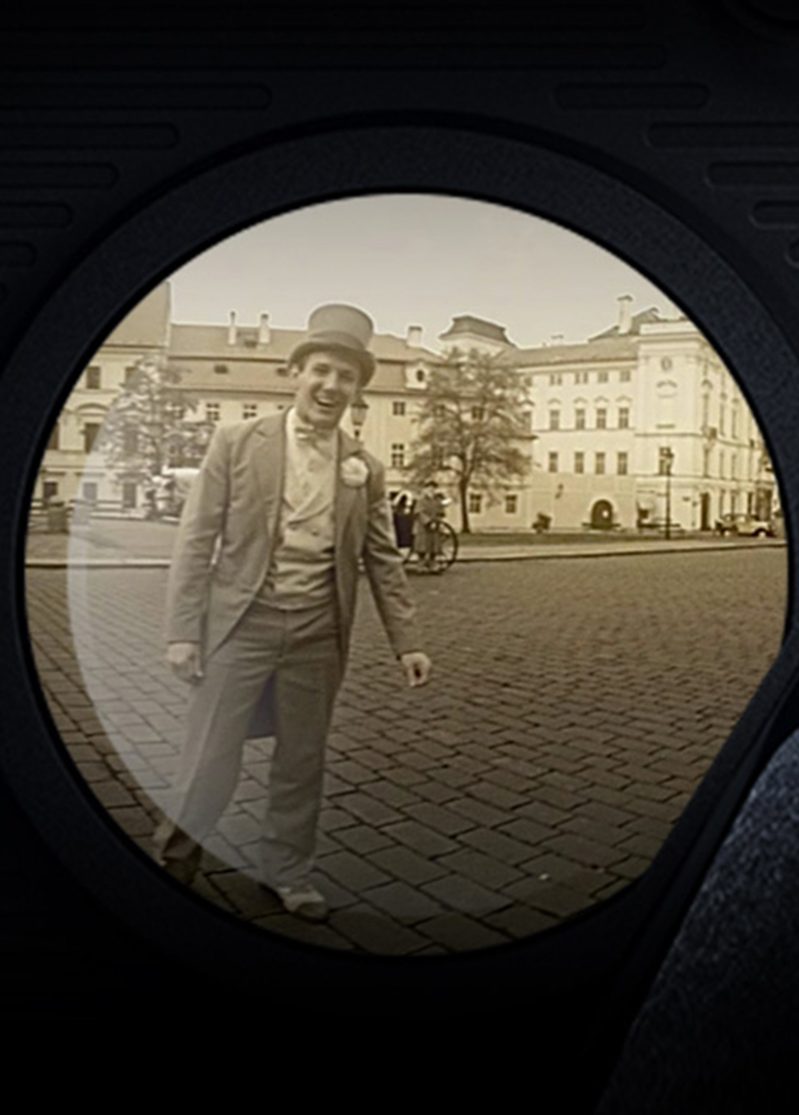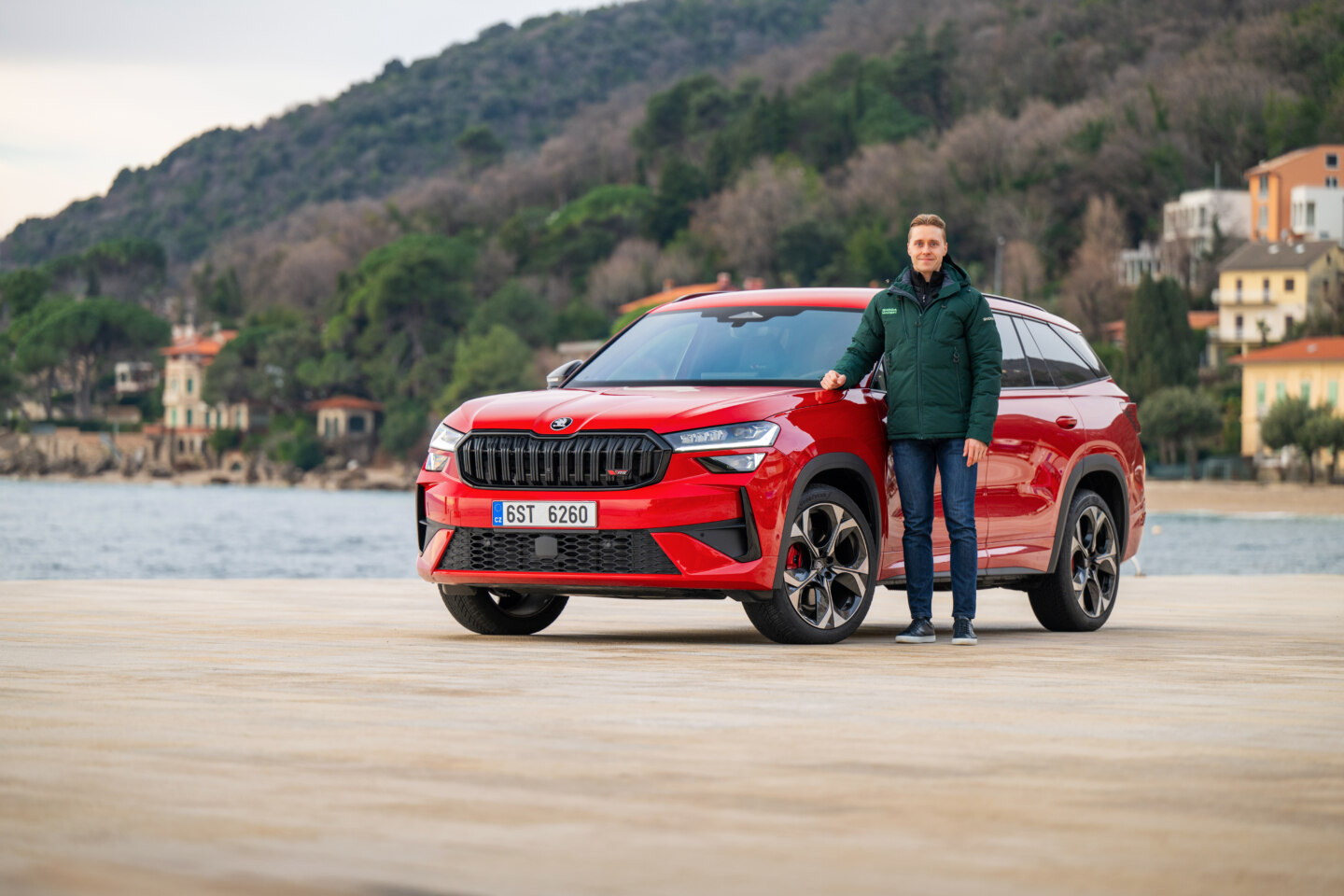Virtual Walk through Historical Prague

Car manufacturer ŠKODA offered a history field trip. But not only into their own past, which can be admired in the museum. The ride through Prague of days past offers not only an elegant vintage car but also look at the Czech capital during the first half of the 20th century.
19. 10. 2017 Škoda World HeritageMedia Box
10 images
Show more
Show less



































